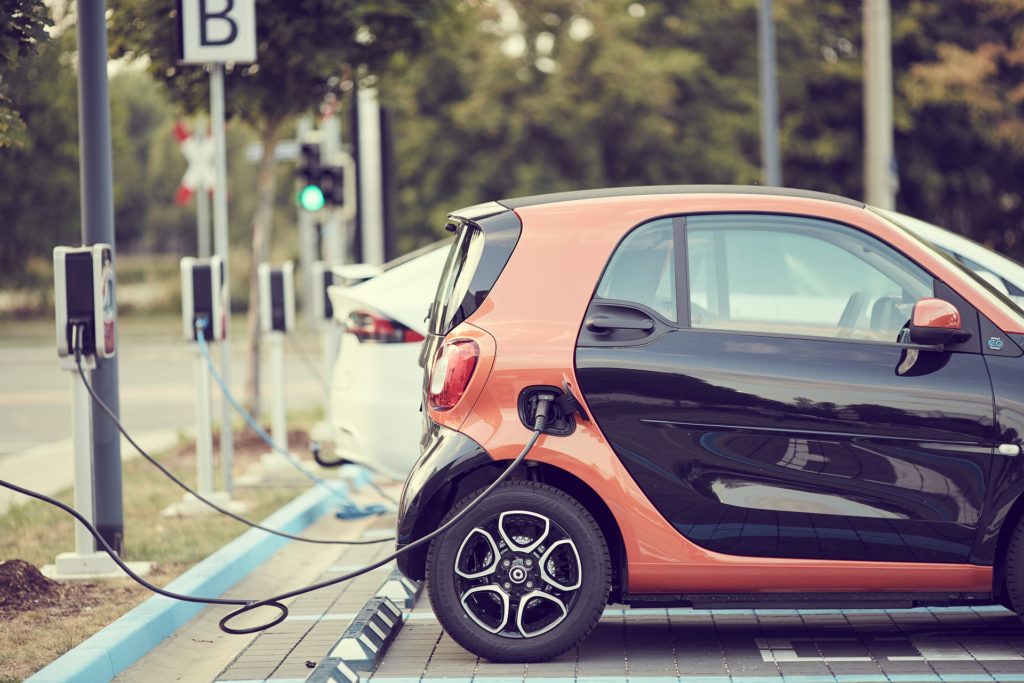We’re all aware that we need to think about ways to reduce our energy use in to help tackle climate change, and with rising bills there’s an added incentive. This week it’s Big Energy Saving Week – a campaign by Citizens Advice, the Energy Saving Trust and the Department for Business, Energy and Industrial Strategy – to help people think about energy efficiency and saving money on their bills. So we asked Jacopo Torriti, Professor of Energy Economics and Policy, if he could explain what the latest research says about how we may use energy differently in future.

‘Time-of-use tariffs’ have been around for a long time and yet are part of new attempts to reduce the price of energy. These tariffs involve charging higher prices during periods of peak demand (between 4 and 8pm) and lower prices at other times of the day (like at night). They are intended to enable reductions in peak demand as people and businesses are encouraged to use energy at different times of the day.
Recent reforms by Ofgem mean that these tariffs will be increasingly offered by energy suppliers, particularly to households who have adopted low-carbon technologies. However, despite the fact that about 5.5 million UK customers make use of multi-rate energy tariffs and 3 million have been using time-of-use tariffs for many years (the most popular being ‘Economy 7’), evidence on savings is scarce as data are not available or published.
So, inevitably, questions about whether these tariffs are good ways not only to reduce energy peaks, but also to save on bills, remain unanswered. Can these tariffs help consumers save money, especially now that energy bills are so high?
Ofgem estimates total savings for consumers in the region of £1,500m-£4,500m over the period 2021-2045. That’s certainly welcome, but the impact of these tariffs will vary between consumers. Our analysis shows that the introduction of time-of-use tariffs would affect residential users differently depending not only on their financial circumstances but also their time availability.
We looked at how much the tariffs might affect different groups based on how and when they used electricity in the home. According to our findings, lower-income consumers could benefit most, based on existing patterns of electricity use, so opportunities to access the tariffs should be open to all. Middle- and high-income groups are generally disadvantaged from the introduction of such tariffs because many of their energy-intensive activities take place at peak time.
However, our findings reveal that this also depends on regional differences and similarities by household composition. For example, on average time-of-use tariffs create positive effects for those in London and disparity between non-urban areas in northern England and London, for example, can be partly explained by different occupancy levels. It is also reflected in the fact that electricity peak demand takes place on average one hour later in London compared with other parts of the UK.
In future, with more electric cars and more electric heating, it is likely that time-of-use tariffs will enable us to save on our bills, especially if smart plugs for vehicle charging and smart heat pumps allow us to shift consumption to off-peak times. Being able to shift electricity demand would enable suppliers to make better use of variable renewable energy, would make the most of smart systems and battery storage, and would minimise the investment needed in energy infrastructure to meet peak energy demand. These changes would make the task of reaching net zero more straightforward and more affordable.
Jacopo Torriti is Professor of Energy Economics and Policy in the School of the Built Environment. He is a Co-Director of the Centre for Research into Energy Demand Solutions (CREDS) and sits on Ofgem’s Academic Panel and Defra’s Economics Advisory Panel.
